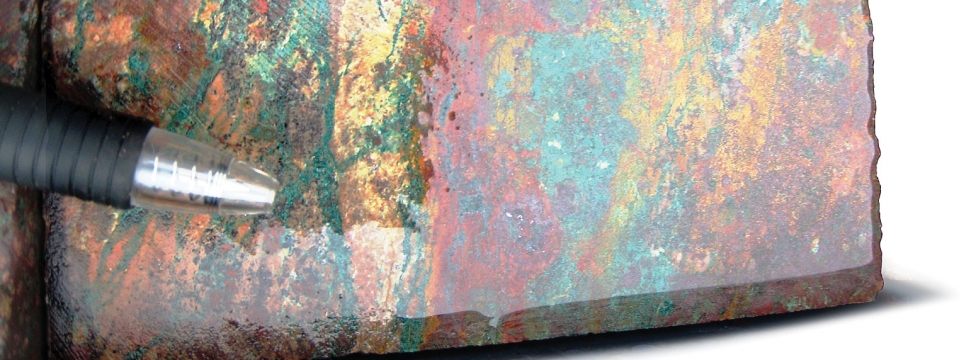Geometallurgy has been described as a ‘comparatively young analytical field that aims to bridge the gap between geology and metallurgy’. By that definition, the principles behind geometallurgy have always been best practice in metallurgical process development: developing an understanding of the metallurgical response of an orebody in the context of the deposit or making sure the geologists and metallurgists talk to each other!
What has brought the principles behind geometallurgy into recent focus has been the desire to incorporate metallurgical data – such as ore hardness and leaching and/or flotation recoveries – into the scale of the geological block model. New analytical techniques and test procedures allow technicians to determine metallurgical responses from smaller samples that can readily be accessed during an exploration program, thus allowing metallurgical parameters to be estimated very early in the project’s development. Such techniques include automated mineralogy (e.g., QEMSCAN, Mineral Liberation Analyser), AG/SAG mill ore breakage tests, (e.g., SPI, SMC), and standardised batch scale flotation tests, which many commercial laboratories have developed in-house. These techniques can be readily applied to diamond drill core samples. They add to previous techniques that inherently work well on the small scale, such as the Bond Work Index for ore hardness and Davis Tube assays for magnetite.
Many of the larger commercial laboratories provide a geometallurgical service, which involves the initial establishment of the orebody’s behavior through larger scale testwork conducted on a number of composite samples, followed by small scale testwork on drillhole interval samples. ’Full-scale‘ behavior is estimated by correlating small scale results with the larger scale testwork conducted on the composite samples. This behavior, determined on a drillhole interval scale, then adds input data to the resource model, to assist with mine planning and the technical and economic modelling of the deposit.
SRK’s geologists, metallurgists and geochemists have collaborated on a number of geometallurgy projects covering base and ferrous metals and gold, as well as platinum group metals, uranium and rare earth elements, on projects located in Africa, North and South America, Europe and the FSU.
Bowell RJ, Grogan J, Hutton-Ashkenny M, Brough C, Penman K, and Sapsford DJ, 2011: “Geometallurgy of uranium deposits”, Minerals Engineering, v. 24, p. 1305-1313.

